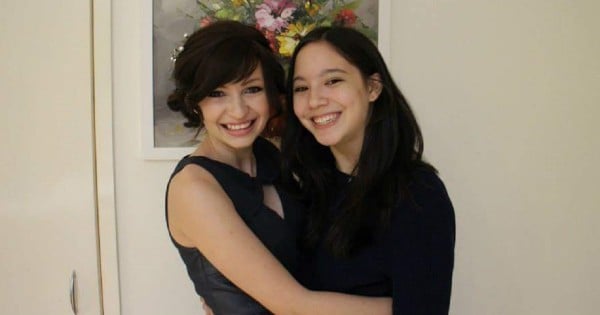
Nobody at my high school knew I didn’t have hair but the burden of keeping the secret was getting to me. There was so much I couldn’t do just in case my friends figured out I was wearing a wig, things like the swimming carnival and going on school camps.
I was 16 when my first boyfriend asked me if there was something I needed to tell him. He said, “I think you’ve got something to tell me that I think you might be a bit afraid to.” It was really lovely of him actually.
We dated for three months.
If he hadn’t asked me directly, I would have been too scared to tell him. But after that conversation, I started telling everybody and it was really empowering.
Stefanie recently received the best wig she’s ever owned, courtesy of Variety Children’s Charity. Now she can try out all of these amazing hairstyles.
From the time I was six, my hairline marched slowly up the back of my scalp. Because there’s no cure for alopecia, I was thrown into a state of helplessness, where everything couldn’t be fixed by a sticker and lollipop.
My hair started falling out in chunks when I was 11. I’d find it on my pillow, on the bathroom floor and on my clothes – it was everywhere except for on my head. Soon, I became painfully aware that I shared my baldness with witches in fairy tales and old men, and that being different was something to be ashamed of.


Top Comments
I actually find bald heads on women pretty attractive. When Sinead told me that nothing compares to me, I think she may have fetishised it for me.